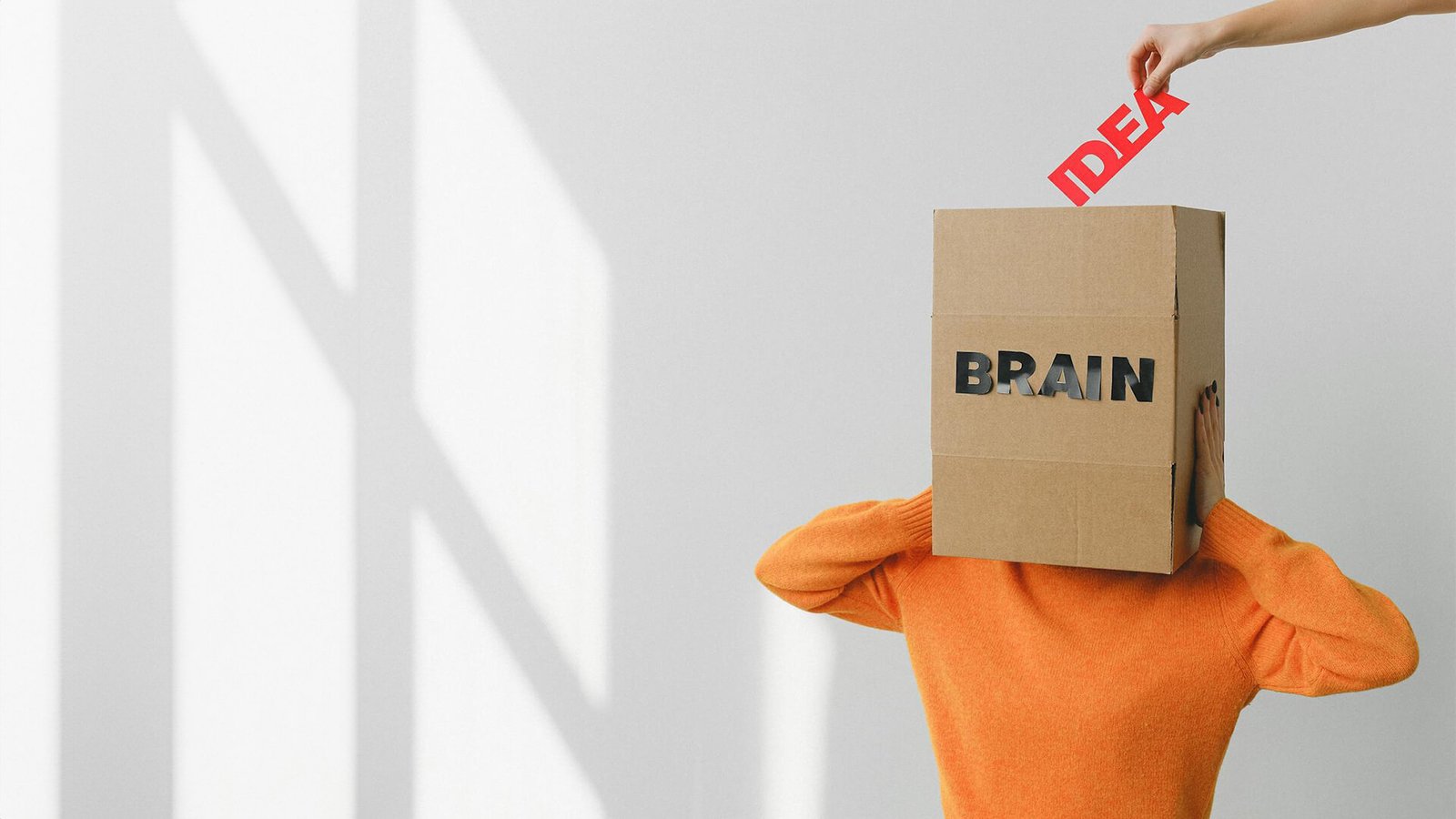
Neuroscience Nuggets: Understanding How We Learn
Have you ever wondered what goes on inside your brain when you’re learning something new? How do you go from being a blank slate to mastering a new skill or concept? It’s a fascinating journey that takes place in the intricate labyrinth of your mind, guided by the principles of neuroscience.
But what exactly is neuroscience, and how can understanding it help us become better learners? Let’s dive into the world of neuroscience and uncover some nuggets of wisdom that can illuminate the mysteries of learning.
Neuroscience is the study of the brain and nervous system – the complex network of cells and circuits that govern everything from basic bodily functions to higher-order cognitive processes like memory, attention, and learning. By peering inside the brain with tools like brain imaging and electrophysiology, neuroscientists have been able to unlock many of the secrets of how we learn and remember information.
One of the most fascinating insights from neuroscience is the concept of neuroplasticity – the brain’s remarkable ability to reorganize itself in response to new experiences and learning. Contrary to the old belief that the brain is fixed and unchangeable, we now know that the brain is highly adaptable and malleable, capable of forming new neural connections and rewiring itself throughout life.
But how exactly does neuroplasticity work, and what implications does it have for learning? Well, it all starts with neurons – the cells that make up the brain. When you learn something new, whether it’s a new skill, fact, or concept, your brain forms new connections between neurons, strengthening existing pathways and creating new ones. Over time, with repeated practice and reinforcement, these connections become stronger and more efficient, making it easier for you to recall information and perform tasks.
But neuroplasticity isn’t just about forming new connections – it’s also about pruning away old ones. Just as you wouldn’t want a garden overrun with weeds, your brain constantly prunes away unused connections to make room for new growth. This process of synaptic pruning is essential for maintaining optimal brain function and ensuring that your neural circuits remain flexible and adaptive.
So how can you harness the power of neuroplasticity to become a better learner? One key strategy is to embrace the principles of active learning – engaging with the material in a meaningful and interactive way that promotes the formation of new neural connections. Whether it’s through hands-on activities, problem-solving exercises, or group discussions, actively engaging with the material can help you learn more effectively and retain information for longer.
Another important factor in harnessing neuroplasticity is the concept of spaced repetition – the idea that revisiting information at spaced intervals can strengthen memory and retention. Instead of cramming all your studying into one marathon session, break it up into shorter, more frequent study sessions spread out over time. This allows your brain to consolidate and reinforce the connections formed during learning, leading to more durable and long-lasting memories.
Of course, understanding the principles of neuroscience is just one piece of the puzzle when it comes to becoming a better learner. But by applying these insights to your own learning journey, you can unlock the full potential of your brain and tap into the incredible power of neuroplasticity.
So the next time you sit down to learn something new, take a moment to marvel at the incredible complexity and adaptability of your brain. And remember – with the right mindset, strategies, and techniques, the possibilities for learning and growth are truly limitless.



